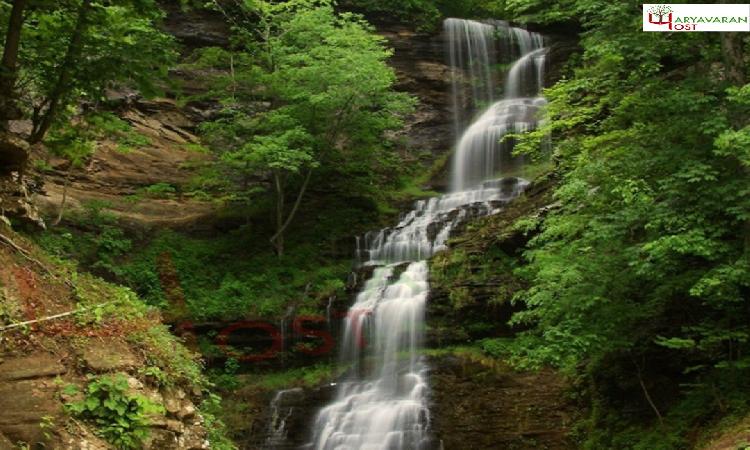

Plants play a vital role in controlling erosion, which is the process of soil being displaced by wind, water, or human activity. Erosion can have detrimental effects on the environment, leading to loss of fertile soil, degradation of landscapes, and even potential hazards like landslides and sedimentation in water bodies. Through various mechanisms, plants act as natural guardians of the soil, preventing erosion and maintaining the stability of ecosystems. In this essay, we'll explore how plants accomplish this crucial task.
Firstly, the root systems of plants are instrumental in anchoring soil in place. When rain falls or wind blows, the force exerted on the soil can dislodge it, causing erosion. However, the extensive network of roots that plants develop beneath the surface creates a matrix that binds soil particles together. This root network acts like a net, holding the soil in place and significantly reducing the risk of erosion. Additionally, the growth of roots helps to improve soil structure, making it more resistant to erosion by enhancing its ability to retain water and nutrients.
Moreover, the above-ground parts of plants, such as stems, leaves, and branches, provide a physical barrier against erosion. When raindrops hit the ground with force, they can dislodge soil particles and create runoff. However, plants intercept rainfall, reducing its impact on the soil surface. The presence of vegetation slows down the velocity of runoff, allowing water to infiltrate into the soil rather than carrying it away along with eroded particles. This process not only prevents erosion but also helps in replenishing groundwater reserves and maintaining hydrological balance in ecosystems.
Furthermore, the dense foliage of plants acts as a buffer against wind erosion. In areas with sparse vegetation, strong winds can easily pick up soil particles and carry them over long distances, causing significant damage to landscapes. However, the presence of plants creates friction, which reduces wind speed close to the ground and prevents soil particles from being lifted into the air. Additionally, the leaves and branches of plants trap airborne particles, further mitigating the risk of erosion by wind.
In addition to their physical attributes, plants also contribute to erosion control through their role in soil stabilization and regeneration. Certain plant species have specialized adaptations that make them particularly effective in colonizing and stabilizing disturbed or degraded soils. These pioneer species are often the first to establish themselves in barren or eroded areas, paving the way for the succession of other plant communities. By binding soil particles together with their roots and enhancing soil fertility through the decomposition of organic matter, these plants facilitate the regeneration of ecosystems and prevent further erosion.
Furthermore, the presence of diverse plant communities contributes to ecosystem resilience, making them more resistant to erosion. Monocultures or areas dominated by a single plant species are more susceptible to erosion compared to ecosystems with high species diversity. Diverse plant communities provide better ground cover, which reduces the exposure of soil to erosive forces. Additionally, different plant species have varying root structures and growth patterns, which further enhance soil stability and erosion resistance.
In conclusion, plants play a multifaceted role in erosion control through their root systems, above-ground structures, soil stabilization mechanisms, and contribution to ecosystem resilience. By harnessing the power of nature, we can leverage the inherent capabilities of plants to mitigate erosion and safeguard the integrity of landscapes and ecosystems. Protecting and restoring vegetation cover is essential for sustainable land management practices and ensuring the long-term stability of soil and ecosystems.